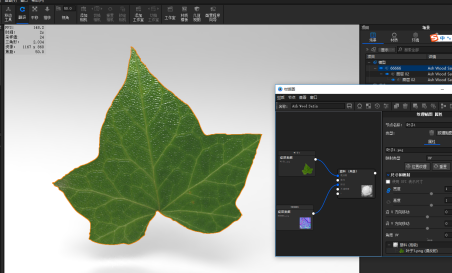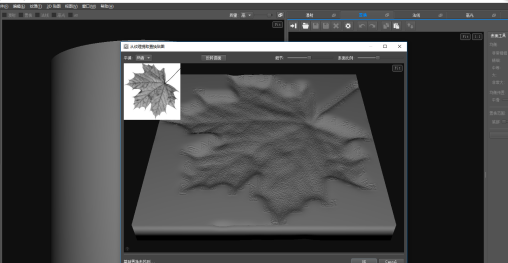
For example, my_texture.exr becomes my_texture_u1_v1.exr and so on during rendering. If you use lower case letters, then the tile coordinates will start from 0, instead of one, so tile x (1,1) will be resolved to _u0_v0 and so on. To specify this format, use the tag in the file name. So the UV tile x (1,1) is marked with _u1_v1, UV tile x (1,2) is marked with _u1_v2 and so on.
PIXPLANT AND VRAY PLUS
Mudbox can form the file name in many ways, but the default format is to use _uU_vV in the file name where U=u+1 and V=v+1 are the tile coordinates plus one. To specify a Mari-style tiled texture, use the tag in the file name, which is then replaced with the respective four digits, for example, my_texture_.exr becomes my_texture_1001.exr and so on during rendering. So the UV tile x (1,1) is assigned the number 1001, UV tile x (1,2) is assigned 1011 and so on. Mari forms the file name of textures using a four-digit number equal to 1000+(u+1+v*10). Upper-case tags usually assume the tile coordinates start from 1, whereas lower-case tags assume the tiles start from 0. For example, the UV tile x (1,1) has coordinates (0,0), the UV tile x (2,1) has coordinates (1,0) and so on. In the following section, we assume that each UV tile has unique integer coordinates (u,v) based on the integer part of the UVs inside it. This is done by using special tags in the file name, which are replaced at render time with a particular string based on the UVs of the current shading point. There are several ways to specify the correct file for each tile, and in each case, a different format for the file name is used in the File node. For example, one file may be used for UVs in the range x (1,1), another file may be used for UVs in x (2,1) and so on. Some modeling applications allow you to specify a different bitmap file for different portions of a model based on the UV coordinates of that model. However, they will work correctly with the V-Ray automatic transfer of assets for distributed rendering. Note: Textures that have any of the render-time tags listed below, will not be resolved properly by the 3ds Max Asset Tracker (i.e. VRayBitmap allows the use of named tags enclosed with the characters, which are replaced at render time with other strings. Tags and Environment Variables in Bitmap Names This means that tiled 8-bit TIFF textures are smaller on the disk and take up less RAM while rendering.

Tiled TIFF files have the advantage that they can store 8-bit color components, whereas OpenEXR stores at least 16 bits. Conversion to tiled TIFF can be done using the maketx tool from the OpenImageIO library. You can also convert all files in a scene using the V-Ray Bitmap to VRayBitmap converter script. You can convert many common image file formats to tiled OpenEXR files using the img2tiledexr tool. This allows V-Ray to load only the parts of the textures that are needed for the rendering.

Tiled OpenEXR and TIFF files allow only portions of the textures to be loaded at various resolutions.

This texture can also be used to efficiently load tiled OpenEXR and tiled TIFF files (tiled TIFF files usually have a.


 0 kommentar(er)
0 kommentar(er)
